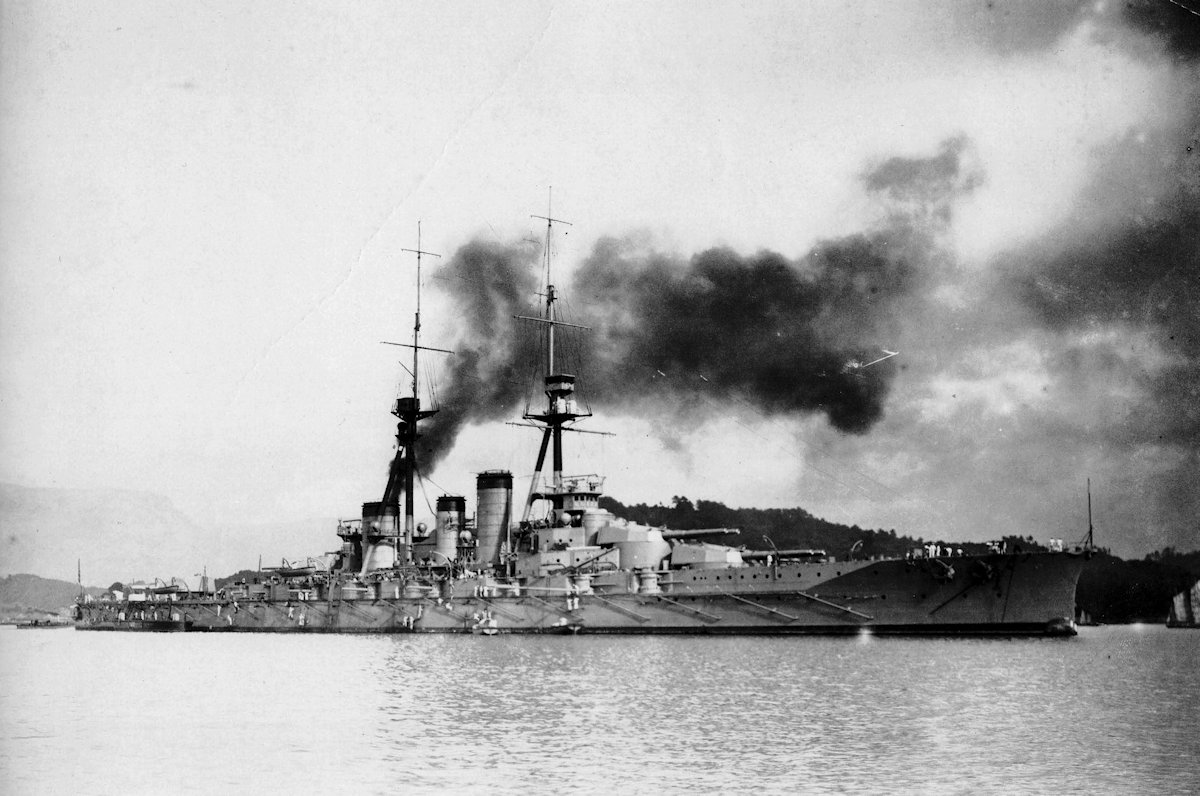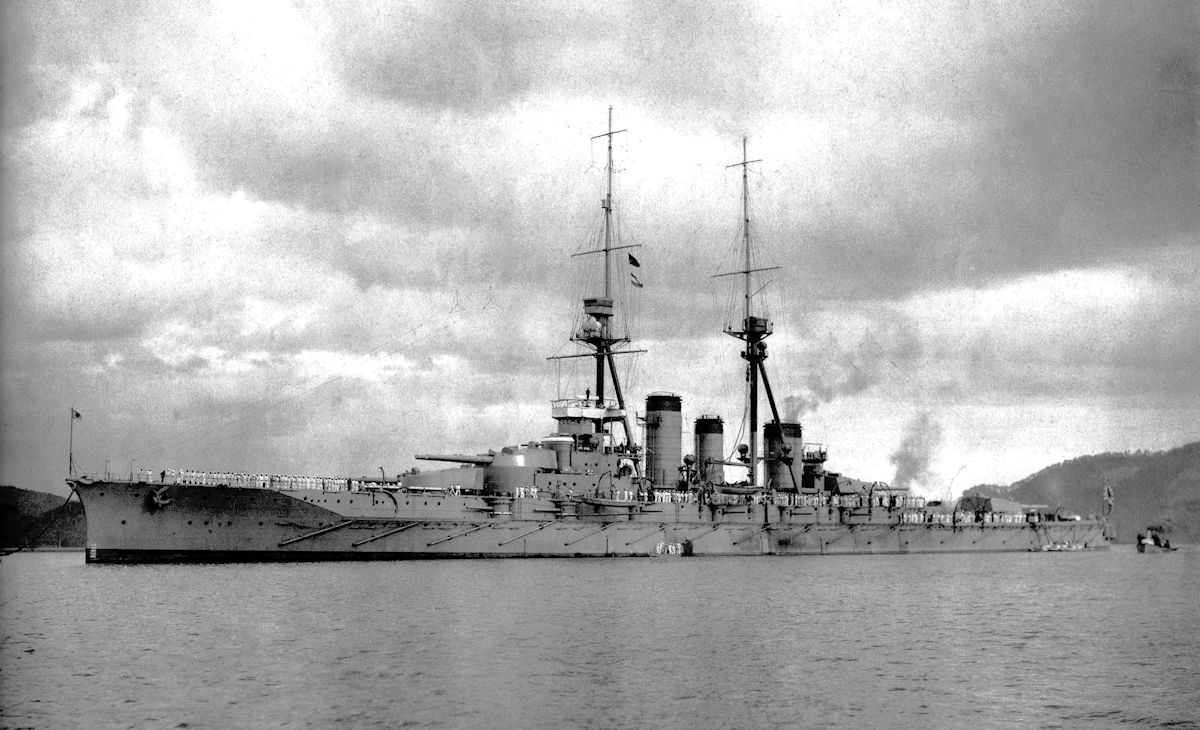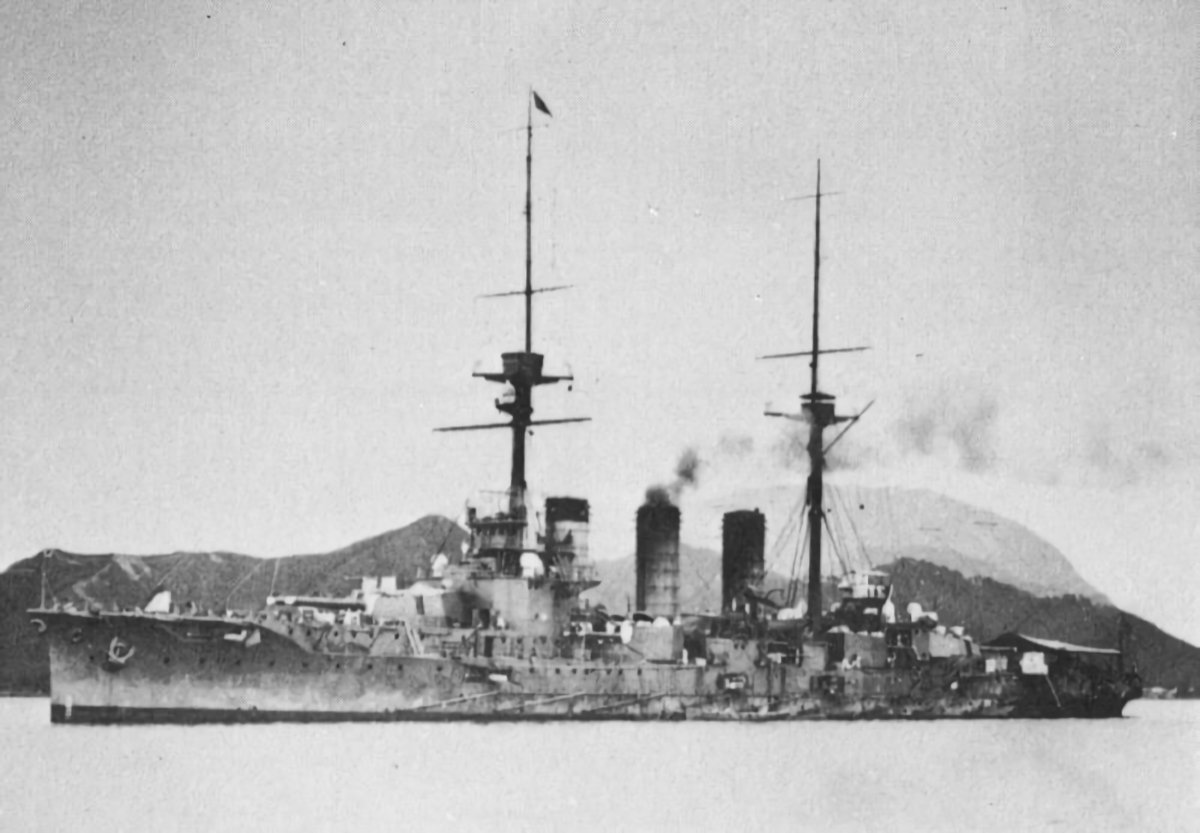Tag: warship
-
Japanese Battlecruiser Hiei

Japanese Battlecruiser Hiei Laid down on the 4th of November 1911 and launched on the 21st of November 1912, Hiei was the second of the four-ship Kongō-class battlecruisers built for the Imperial Japanese Navy. Her three sisters were Kongō, Kirishima and Haruna. Commissioned into the fleet on the 19th of April 1915, she saw no… Read more
-
Japanese Battlecruiser Kirishima

Japanese Battlecruiser Kirishima Laid down on the 17th of March 1912 and launched on the 1st of December 1913, Kirishima was the third of the four-ship Kongō-class battlecruisers built for the Imperial Japanese Navy. Her three sisters were Kongō, Hiei and Haruna. Commissioned into the fleet on the 19th of April 1915, she saw no… Read more
-
Japanese Battlecruiser Ibuki

Japanese Battlecruiser Ibuki Commissioned on 11 November 1907, Ibuki was originally classified as an armoured cruiser. On 28 August 1912, the Ibuki and her sister ship Kurama were re-classified as battlecruisers. During the First World War, Ibuki along with the Australian light cruiser HMAS Sydney, Ibuki escorted a convoy consisting of 20,000 Australian and New… Read more